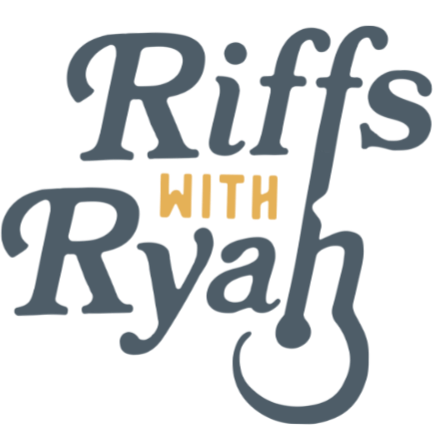Teaching all key signatures in under 10 minutes is entirely achievable with a focused approach that leverages well-established musical tools like the circle of fifths, mnemonic devices, and visual patterns. For music therapists and educators, this method not only saves time but also reinforces essential theory skills that enhance guitar playing, songwriting, and client engagement. Here’s a step-by-step guide to get there efficiently:
1. Introduce the Circle of Fifths
Start by showing the circle of fifths as the foundational map for all key signatures. Explain that the circle organizes keys by their sharps and flats in a logical pattern:
Moving clockwise adds sharps.
Moving counterclockwise adds flats.
This visual immediately helps learners see relationships between keys and understand that key signatures are not random but systematically arranged.
2. Teach the Order of Sharps and Flats
Next, present the order of sharps and flats, which never changes:
Sharps: F#, C#, G#, D#, A#, E#, B#
Flats: Bb, Eb, Ab, Db, Gb, Cb, Fb
Show how to use this order to identify which sharps or flats are in each key signature. For example:
The key of D major has 2 sharps: F# and C# (the first two in the sharps order)
The key of Bb major has 2 flats: Bb and Eb (the first two in the flats order)
3. Use Mnemonics for Easy Recall
Introduce simple mnemonic devices to aid memory:
Sharps order: “Father Charles Goes Down And Ends Battle”
Flats order: “Battle Ends And Down Goes Charles’ Father”
Mnemonics make it easier for both you and your clients to quickly list sharps or flats in any given key.
4. Identify Key Signatures from Their Sharps or Flats
Teach a straightforward trick to find the name of a major key from its key signature:
For sharps: The key is a half-step up from the last sharp.
Example: If the last sharp is C#, the key is D major.For flats: The key is the second to last flat.
Example: If the flats are Bb, Eb, and Ab, the second to last flat is Eb, so the key is Eb major.
For keys with only one flat (Bb), just remember it’s Bb major.
5. Quickly Review Relative Minor Keys
Explain that every major key has a relative minor key sharing the same key signature, located three semitones (half-steps) down.
Example: C major’s relative minor is A minor.
This understanding helps with reading and composing minor key pieces.
6. Practice With Visual Aids and Flashcards
Use flashcards or quick quizzes showing key signatures and challenge learners to name the key. Repetition sharpens recall and builds confidence.
7. Apply Theory Practically on the Guitar
Show how this knowledge translates directly to guitar playing:
Transpose songs easily by understanding the key.
Improvise scales matching the key signature.
Choose chord progressions that fit the key.
This practical application makes learning key signatures motivating and relevant for music therapists who use guitar as a therapeutic tool.
By condensing lessons around the circle of fifths, order of sharps/flats, simple mnemonics, and practical application, you equip yourself and your clients with a powerful, quick route to mastering all major and minor key signatures. This method supports efficient learning without overwhelming details, perfect for busy MT-BCs eager to expand their guitar theory toolkit and enrich their therapeutic practice.
